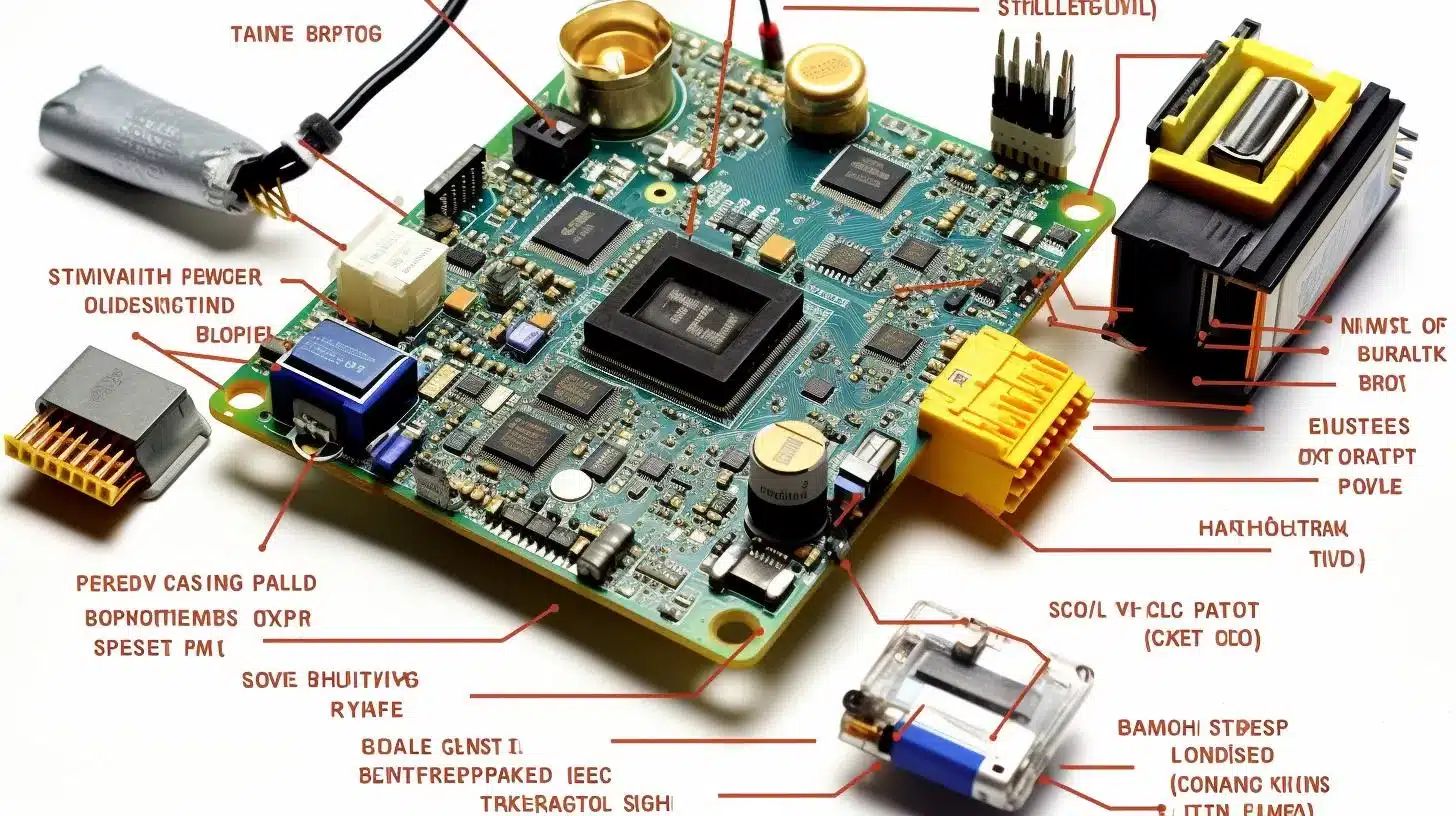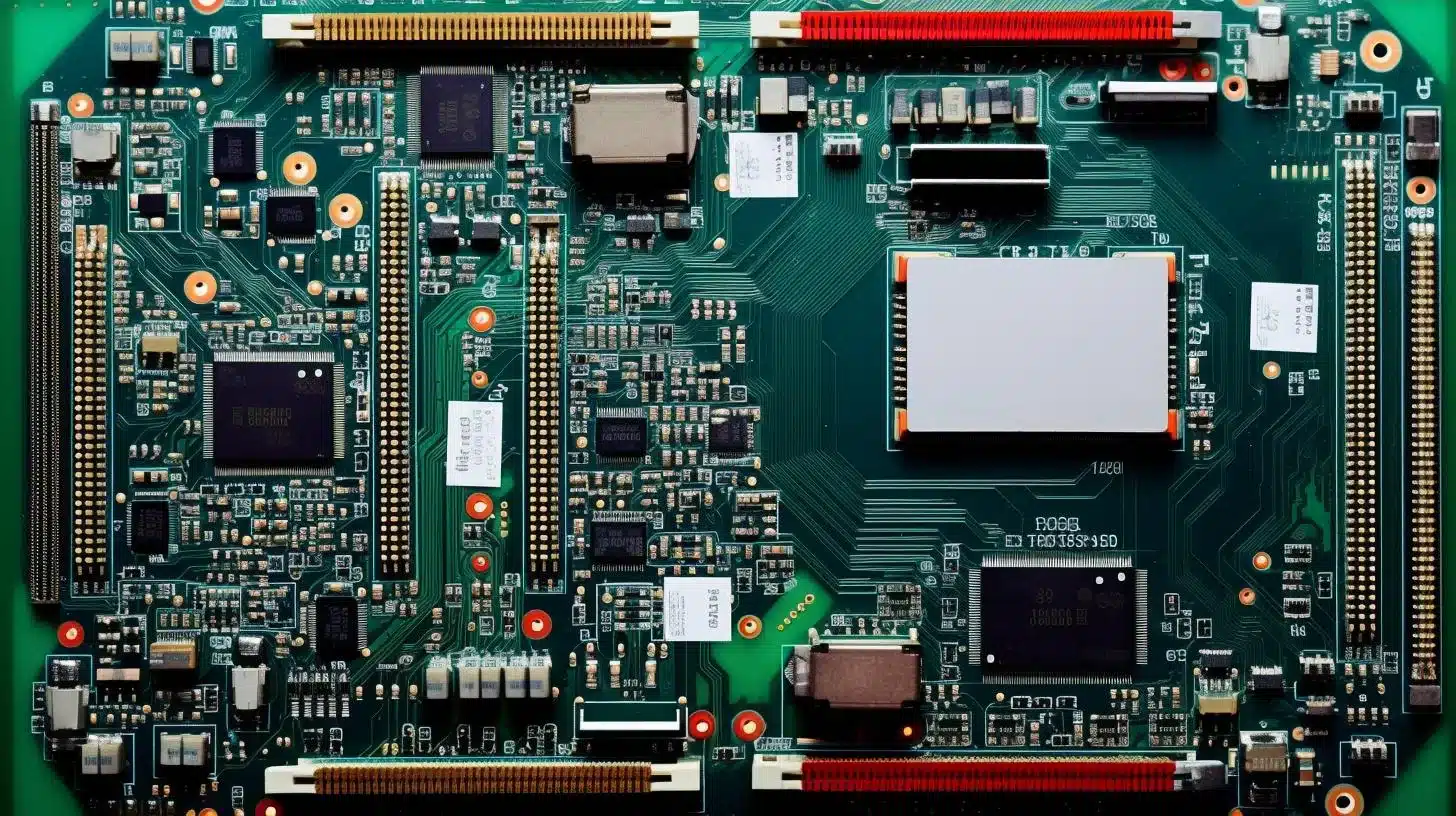Learn About the Concept of Digital Technology
By reading this article, you will learn:
– Digital technology is the use of digital systems to transmit, store, and process data.
– Digital technology is important for its convenience, sustainability, cost-effectiveness, and speed.
– Digital technology works through hardware, software, and data.
What Is Digital Technology?
Digital technology is composed of all hardware, software, and systems that make use of digital elements, such as digital content or communications.
The most basic example of digital technology is the computer. Today, more and more devices are being designed with the ability to store, process, and transmit data digitally.
The widespread usage of digital technology has affected almost every aspect of daily life in a number of key ways. For example, it has revolutionized the marketing business, pedestrian safety, and the production of everyday tools such as auto-nailing machines.
Why Is Digital Technology Important?
Digital technology is important because of the key ways it has revolutionized various aspects of life, such as in safety and security, and the spread of knowledge. Some of the main reasons include:
Convenience
Digital technology has made it easier for people to access and use information. With just a few clicks of a button, you can find almost anything you want on the internet.
As a result, people can learn at their own pace, whenever it is most convenient for them, and from multiple sources. They may be formal research-oriented, e-learning systems, social media interactions, or informal tutorials.
In addition, digital technology has simplified the way we handle our everyday tasks. For example, email and text messaging allows people to communicate more efficiently and quickly.
Sustainability
Digital technology is transforming the world into a more sustainable place. With digital technology, businesses can reduce their environmental footprint.
They can save money on things like paper, ink, and energy, while also cutting back on the amount of waste they produce. By working remotely, organizations are also saving on carbon emissions through transportation.
Cost-Effective
Digital technology has significantly decreased the costs of traditional forms of communication. It has made it much cheaper to produce and send mail, for example.
It has also made it cheaper to provide education and training. With digital technology, students can access materials online instead of buying books in the store, or taking a class on campus.
A popular use for the savings is in creating models and prototypes before manufacturing products. Previously, only industry giants could afford it. Now, even small startup operations can produce high-quality material with 3D printing.
Speed
Digital technology has made information more accessible and communication faster. This has been especially important in areas like emergency response, where the speed at which a message is received and acted upon can be a matter of life and death.
For example, doctors are able to consult other physicians in other time zones. It has also allowed industries to automate various tasks, which means that they can get more done in less time.

How Does Digital Technology Work?
Digital technology works by encoding and decoding information in the form of electrical signals. These signals can be produced by a number of devices, such as computers, smartphones, and video cameras, and are transmitted over networks, such as the internet.
Digital technology uses two basic states for representing information: ‘on’ and ‘off’. These states can be represented in various ways, such as by using a high or low voltage, a positive or negative charge or a series of 1s and 0s.
Digital devices are designed to process and manipulate these signals in a variety of ways. For example, a computer’s processor can perform calculations on numbers stored as digital data, while a digital camera can capture and store images.
The key components of a digital technology system include hardware, software, and data. These components work together to allow digital technology to function and produce the kind of results that its users expect.
Hardware
Digital technology has a number of key components that allow it to function. These include hardware devices, which are physical objects that contain electronic components and can input, output, process, or store digital data.
For example, a computer’s CPU is a digital device that can input, process, and output digital data. Other examples of hardware devices include digital cameras, printers, and network equipment.
Software
Any set of programs that direct hardware to perform specific causes, are called software. Like hardware, software is an essential component of digital technology.
Some examples of software include operating systems, applications, and firewalls. There are two basic types of software: system software, which controls the operation of computer hardware, and application software, which allows users to perform specific tasks with their device.
Data
All the information that is processed by and stored in digital devices is digital data. This can be in the form of text, numbers, graphics, or sound, for example. Digital data is usually stored in files and is organized into folders.
Data processing is an essential part of digital technology, as this is how the system is able to understand and make use of the information stored in digital data.

Examples of Digital Technology
Digital technology has revolutionized many industries, from marketing to education to healthcare.
Televisions
Television is one of the most popular examples of digital technology. Digital technology has allowed the development of higher quality, higher resolution displays.
Televisions can also be connected to the internet, which provides access to a wide range of content such as streaming services, social media platforms, and news sources.
Radio
Radio is another example of digital technology, which is able to transmit information to a wide audience and cover great distances.
Digital technology has allowed the development of satellite radio, which can provide access to thousands of channels from around the world, as well as services such as song recognition and real-time traffic news.
Media Players
Media players are digital devices that allow users to play and view multimedia files such as music or videos. They can be used as standalone devices or integrated into other devices, such as televisions or smart speakers.
The development of higher resolution displays has allowed media players to support 4K and 8K video playback, while the increasing capacity of storage devices has allowed users to enjoy larger libraries of music or videos on the go.
Portable Gaming Consoles
Digital technology has revolutionized the gaming industry. Portable gaming consoles such as the Nintendo Switch and the PlayStation Vita are able to provide a high-quality gaming experience anywhere, and also have access to a wide library of games.
Many portable gaming consoles are also able to connect to the internet, enabling features such as real-time multiplayer gaming and digital distribution of games.
Internet of Things (IoT)
The Internet of Things (IoT) is a growing trend in which everyday objects are connected to the internet and are able to exchange data with other devices. This has resulted in a wide variety of applications, such as smart home automation and environmental monitoring.
Digital Technology vs Analog Technology
How is digital technology different from analog technology? Though both can manipulate electrical signals, they do so differently.
Digital technology produces output that is a series of discrete values, such as 1s and 0s. This is less prone to interference and loss of quality, but also requires more energy to maintain constant signal value (e.g., 0 or 1).
Analog technology produces output that is a continuous signal, such as sound or radio waves. This allows for more nuance and detail, but is more prone to interference and loss of quality.

To provide a simple illustration, radio is analog technology. It transmits information in the form of a continuous signal that can be picked up by an antenna.
If the signal becomes distorted by interference, such as static or noise, the information may be incomprehensible. However, the analog signal can be amplified so that the information can be easily heard.
In contrast, smartphone microphones are digital technology. Once the information is collected, it is immediately converted into a series of 1s and 0s and recorded. If there is interference, some of the information may be lost, resulting in a lower-quality sound file.
However, the digital signal can be read and translated through a series of algorithms, producing a clear and understandable sound.
Though each concept and working principle may be better suited to specific devices and industries, the idea is the same. Electrical signals can be manipulated to create informative content and make life easier, more relaxing, or more fun!
The Bottom Line
Digital technology is made up a set of systems, hardware, and software that provide up-to-date tools and resources capable of creating, storing, modifying, and sharing digital content, like messages, images, audio, and video data.
Choosing between digital and analog can depend on what you are using it for. It is important to consider what information you are collecting so that you can understand how it operates during processing.
For basic listening, a simpler analog signal might work. Should something more complex be the feat, you will benefit from the higher quality processing offered by digital technology.
This basic concept has revolutionized the world and will continue to do so for years to come. As new digital devices emerge and old ones are improved, people will be able to do things that they never thought possible.
The Concept of Digital Technology FAQs
What is the concept of digital technology?
Digital technology is made up of all the systems, hardware, and software used to create, store, modify, and share digital information. It is the ability to collect, transfer, analyze, and create raw information.
The Impact of Digital Technology: A Personal Account
Growing up in a rural area, I witnessed firsthand the transformative power of digital technology. The introduction of internet access to our community not only brought convenience but also opened up new opportunities for education and employment.
Bridging the Gap
Access to digital technology allowed individuals in my community to access online courses and educational resources that were previously unavailable. This led to an increase in the number of individuals pursuing higher education and acquiring new skills, ultimately improving their career prospects.
Economic Empowerment
The adoption of digital technology also facilitated the growth of small businesses in our community. Online platforms enabled local artisans and entrepreneurs to showcase their products to a global audience, resulting in increased sales and economic empowerment.
Community Development
Furthermore, the use of digital technology brought our community together. Social media platforms and online forums became hubs for sharing information, organizing events, and supporting local initiatives, fostering a stronger sense of community.
The impact of digital technology goes beyond mere convenience; it has the potential to drive meaningful social and economic change, especially in underserved areas.
What is an example of digital technology?
An example of digital technology is a website. It is made up of a series of digital codes that are used to create, display, and interact with the content and information. Websites allow people to access a wide range of information and purchase digital goods.
What are the benefits of digital technology?
Some of the main benefits of digital technology are that it is more cost-effective, more convenient, and provides the ability to process large amounts of data at once. Digital technology can also be used to reduce the environmental impact of businesses, as well as to improve communications and help people live longer and healthier lives.
How does digital technology work?
Digital technology works by using electrical data transmitted as on or off signals. This is usually performed by device software using algorithms or code to translate the observations input into languages or graphic displays.
How is digital technology different from analog technology?
Digital technology creates output that is based on digital code, whereas analog technology creates output that is continuous. Digital technology is less prone to interference and more energy efficient, but it can be more complicated and less nuanced than analog technology.
